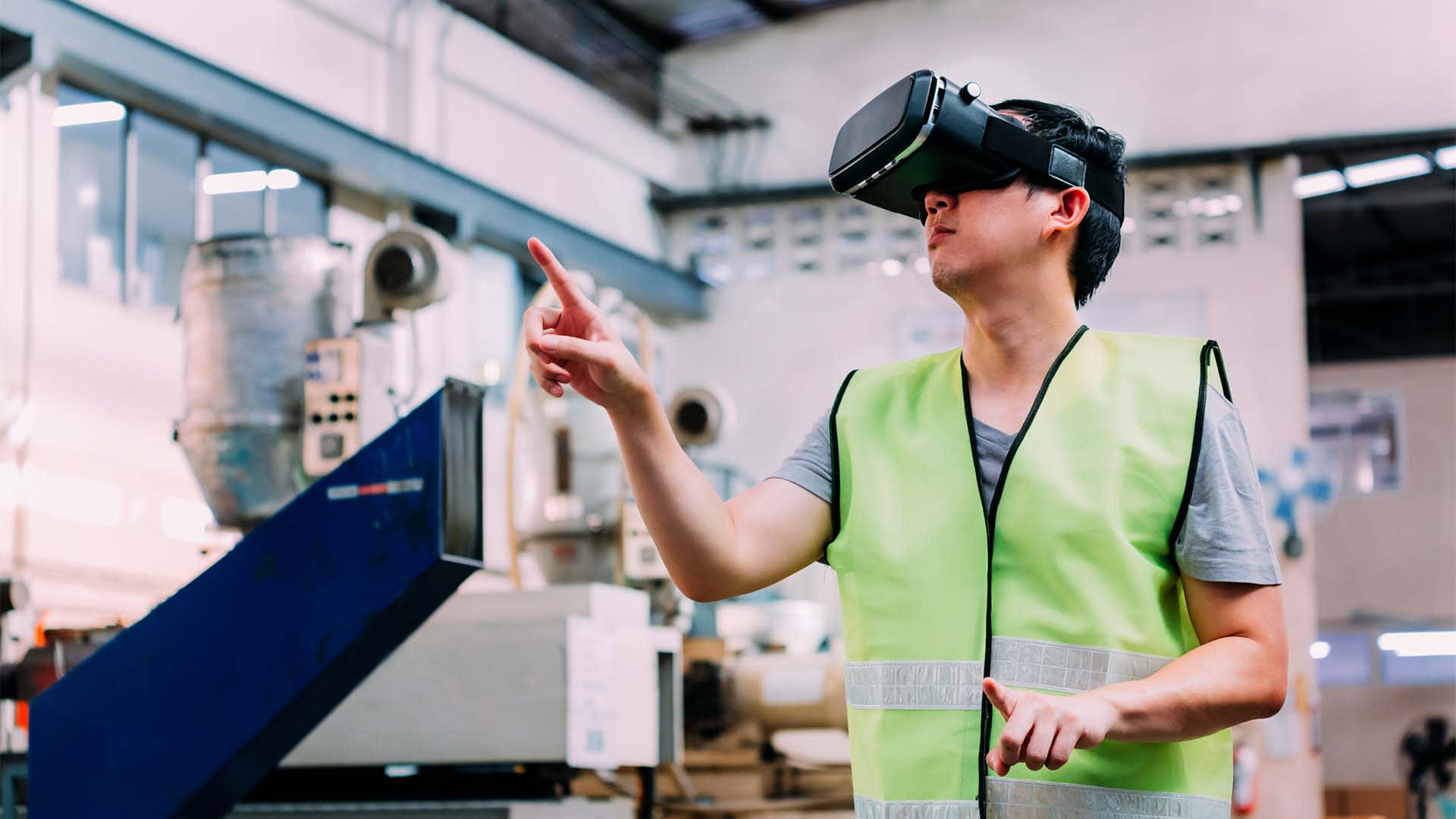
These responses from our CEO, Jerod Venema, were originally included in Inc.com's article, “How Your Company Should Be Thinking About AR and VR.”
It's not too soon for your company to enter the metaverse. Here's how.
Ever since Facebook transformed into Meta, talk of the metaverse hasn't waned. Despite its popularity in national discourse, the metaverse remains loosely defined and made up of disparate "places" and platforms strung together by their varying uses of augmented reality (AR) and virtual reality (VR). The metaverse, depending on who you talk to, can also include "web3," which is blockchain and the various related technologies it enables (cryptocurrencies, NFTs, distributed ownership of various assets, etc.). The simplest way to think about the metaverse is as the collective possibilities of these technologies.
Today, let's keep the scope a bit more focused on AR/VR. If you don't run a business in the AR or VR space, you might be thinking, "how does any of this apply to me today?" Brands like Coca-Cola, Fidelity, Nike and even UPS have started their forays into the metaverse for various reasons. But even for some of these huge brands, their use cases aren't crystal clear.
Here is how you can start to apply AR and VR to your business if your core products or services aren't related to building or supporting the metaverse.
Remote Assistance
Today, thanks in large part to the pandemic, everyone knows what telehealth is and how it works. You're sick or in pain and a doctor sees you by phone or video conference to help diagnose you and make recommendations about further treatment or medication. You can be at your kitchen table and your doctor can be hundreds of miles away in the comfort of their own home or office. They're bringing their skills to you, without either of you having to incur the time and costs of travel.
Remote assistance is similar to telehealth but for other industries. It literally refers to relying on someone who is remote to assist with a task about which they have specialized knowledge or skills. The most obvious use case for remote assistance is for repairs and inspections of various sorts-think about a remote home inspection or a mechanic getting remote assistance from a more experienced repair person. In fact, one of the earliest projects I worked on in the AR world was for launch pad inspections at NASA.
If your business provides any service that requires a physical presence, especially if you have technicians of any kind, remote assistance might be helpful to you. It's made even better by augmented reality. The person on site wears smart glasses or a VR headset in order for the remote person with additional expertise to see what they see and guide them without every visit requiring a highly skilled expert. Think about your internet or cable "guy" getting extra help navigating a complex install instead of leaving and forcing you to schedule another appointment.
Remote Work
Maybe your business doesn't do any repairs, home visits or troubleshooting. But do you have remote employees? There's a high likelihood that you do. A recent Gallup study found that 45 percent of full-time employees in the U.S. worked from home at least part time.
For remote workers, Zoom calls are a fact of life but "Zoom fatigue" is a real, well-researched topic area. Stanford researchers found that two of the major causes of such fatigue are the intensity of excessive close eye contact and looking at yourself during video calls. It's very unnatural to look at yourself on a screen, let alone do it for hours at a time.
Making our virtual interactions more natural would help and augmented and virtual reality is part of the answer. Consider alternate video conferencing platforms that use partially or fully immersive virtual reality environments to improve the user experience. My company uses two platforms in particular, one for our town halls (where everyone joins via a browser but in a 3D world, and conversations happen only with the people "near" you), and one for our product team collaboration (a true virtual reality setup, with the Oculus Quest and a virtual room and whiteboard).
Work Events Like Conferences, Trade Shows and Trainings
Similar to remote work, remote and hybrid corporate and industry events have become the norm. But how do you get back to the level of engagement you had with clients, prospects and employees when you were at live conferences, trade shows or even staff meetings?
If you're hosting virtual events, your event has to allow attendees to have interactions that mirror what they would have in real life as much as possible. Find an events platform that provides 3-D virtual environments, movement in those 3-D spaces, spatial audio and video that allow you to only see and hear those around you and breakout rooms. Watching events unfold like you're watching TV does not allow the level of engagement needed to close deals, make networking connections and build relationships.
I'm a big fan of progressive experiences, where users are introduced to a new experience very simply and then are given easy steps to progressively get more engaged over time. Today, your business should be dipping its toes into the waters of the metaverse by engaging simply with augmented and virtual reality through remote assistance, remote work and/or remote events. Then, when the time comes to build your headquarters in Decentraland, it won't be like packing up for a foreign country.
